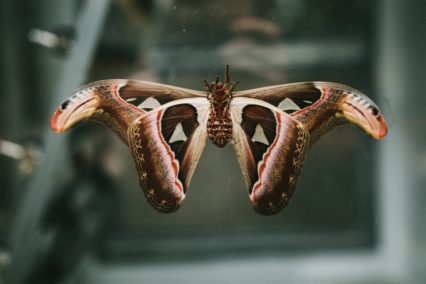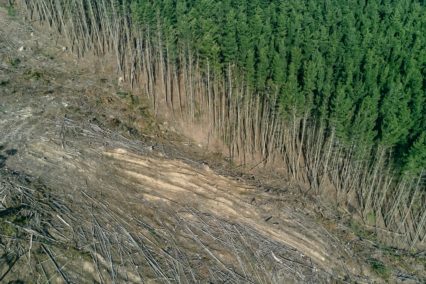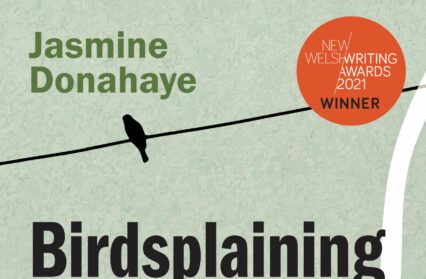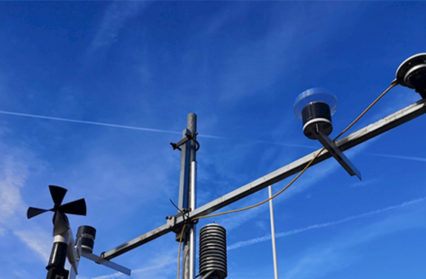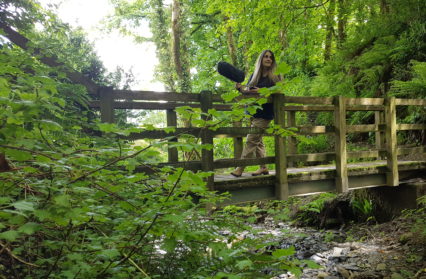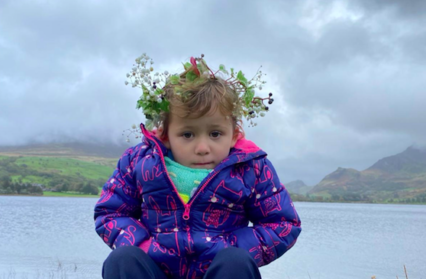To celebrate Insect Week, Wales Arts Review is delighted to share an extract from Ross Piper’s How to Read an Insect: A Smart Guide to What Insects Do and Why, exploring the rarely observed lives of these miniature creatures and their resilience following 400 million years on the earth.
Are Insects Declining?
Growing up in the 1980s, I have vivid memories of snowstorms of moths in the headlights of our car when we drove at night, huge numbers of dung beetles being drawn to the light from our living room window and violet ground beetles under most of the rocks in our yard. I don’t see these things anymore.
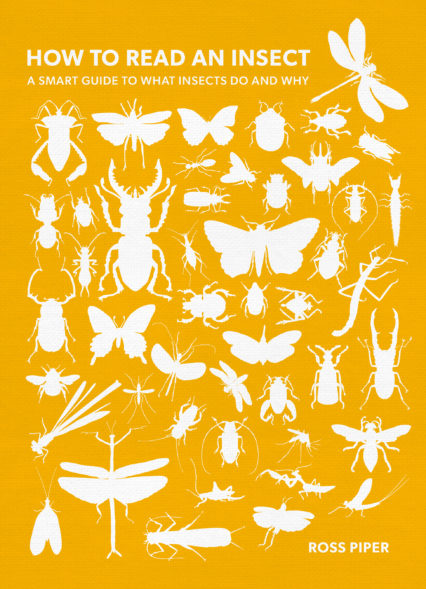
Studies from around the world seem to show that insect populations are declining across the board, with some groups of insects more affected than others. Sifting through the sensationalism, these stories were prompted by a number of studies that have shown a big decline in insect and other arthropod populations. For example, a 77 percent decline in flying insect biomass was reported in sixty-three nature reserves across Germany between 1989 and 2016. Another, more recent study from Germany, reported substantial declines in grassland and forest insects. Likewise, in Puerto Rico, arthropod biomass declined ten to sixty fold between 1976 and 2012. A study in the Netherlands reported that butterflies have declined by at least 84 percent over the last 130 years.
The populations of some large conspicuous insects have certainly plummeted, but the situation for smaller, less well-known insects is not well understood. There are many nuances in these declines that are absent from the media reports.
Most studies of this type only deal with the large, conspicuous insects. This is because creatures like butterflies, moths and dragonflies are easy to find, and have been studied for a long time, especially in Europe and North America. A study of butterflies in the Netherlands may tell us a lot about a few insect species in a part of northern Europe, but what does it tell us about beetles that spend most of their lives nibbling wood deep inside dead and decaying trees in Borneo? As tempting as it is, we can’t extrapolate data like this to other types of insect and other parts of the world. Similarly, if an enormous decline is based on two data points separated by nearly forty years, how can we be sure that insects weren’t unusually abundant in the first sample, perhaps because of a natural phenomenon, such as a periodical mass flowering event that provided a glut of food? Relying on biomass to infer a decline without identifying all the species has pitfalls, too, because rather than an overall decline we may just be seeing the decline of a small number of extremely abundant species.
Regardless of the headlines, insects are not going anywhere fast, and to even suggest that they’re careering towards extinction is misconceived. We’re talking about a hyperdiverse group of animals that has been around for at least 400 million years and has come through all of the catastrophic extinction events that have hammered life on Earth during that time. Its diversity in form and life style, living out their lives in ways which we can barely conceive, makes them incredibly resilient, and there’s nothing that humans could do that would wipe them out completely. Indeed, they’ll be around long after we’ve disappeared.
Even though insects are not becoming extinct, there’s plenty to be concerned about, especially as these animals are a barometer of the health of the environment and an early warning that all is not well. We ignore these warning signs at our peril. Insects are the linchpins of terrestrial and freshwater ecosystems. In browsing, predating, scavenging and getting eaten by other organisms, they profoundly affect the movement of nutrients and energy through these systems. In myriad subtle ways they keep life on Earth ticking over.
What Is Causing Insects to Decline?
The reasons behind these insect declines can be difficult to explain, but habitat loss, the intensification of agriculture, especially the large-scale use of pesticides, climate change, light pollution, invasive species and electromagnetic radiation are the most important factors. Human activity is simultaneously depriving insects of habitats, poisoning them and creating a warmer world that puts beleaguered populations under even more strain.
The unrelenting destruction of diverse habitats means that we are losing species before anyone has had a chance to describe them or to understand their place in the web of life. We douse the land with a complex cocktail of chemicals, when there’s only the most meagre understanding of how each individual chemical affects a few organisms. Human-induced climate change is warming the planet, forcing species to move, adapt or become extinct, and subjecting them to more extreme weather. Not only that, but seemingly small increases in temperature can dupe overwintering insects to emerge too early and even halve the fertility of male insects.
Understanding and Reversing the Decline
The fact is though that we just don’t know how insects as a whole are reacting to these pressures. Compared to vertebrates, our knowledge of insects is pitiful. Around one million species of insect have been described and there are millions more out there that await description. The vast majority of the described species are nothing more than a name, and precious little is known about how they live, not to mention their long-term population trends.
Anyone can get out there and fill in these gaps, the only things you need are time and patience. To see how curiosity and careful observation lead to stunning discoveries, just take a look at any of the fascinating insights in this book – each and every one of them rooted in curiosity and gleaned by careful observation, often over many years.
We need to embrace natural history as an important part of science. We also need to nurture the unbridled curiosity we see in children – encouraging an appreciation of life in all its glorious forms. I’ve yet to meet a child who isn’t interested in nature, especially insects, so we should do whatever we can to show them the value and delight of observation and discovery. Insects are perfect for this as they’re small and they’re everywhere. Seeing lions hunting on the African savannah may be out of reach for most children, but equally compelling struggles involving much stranger, albeit smaller beasts are taking place in every backyard.
Extracted from How to Read an Insect: A Smart Guide to What Insects Do and Why by Ross Piper available via The History Press.




